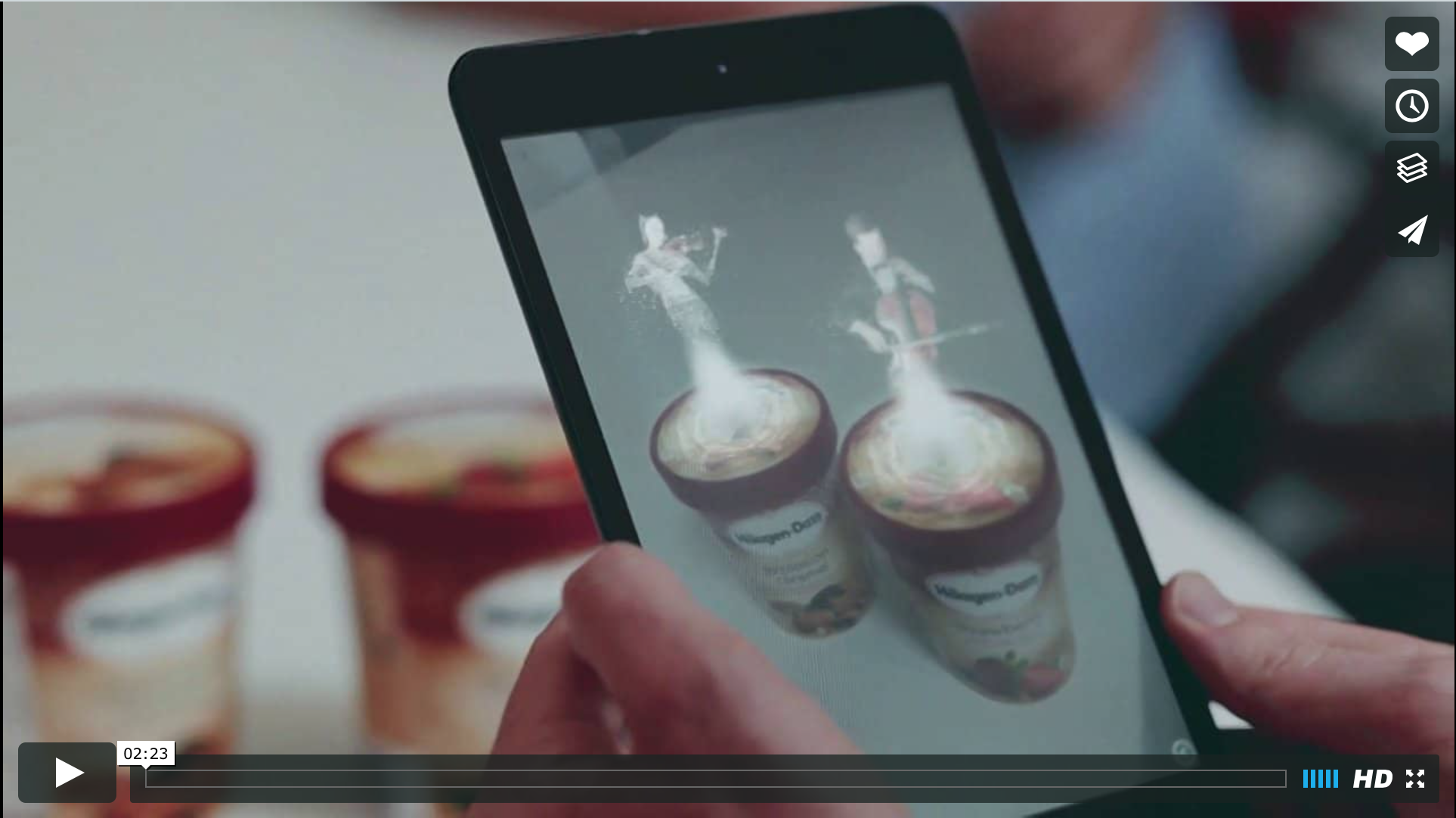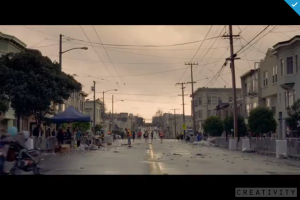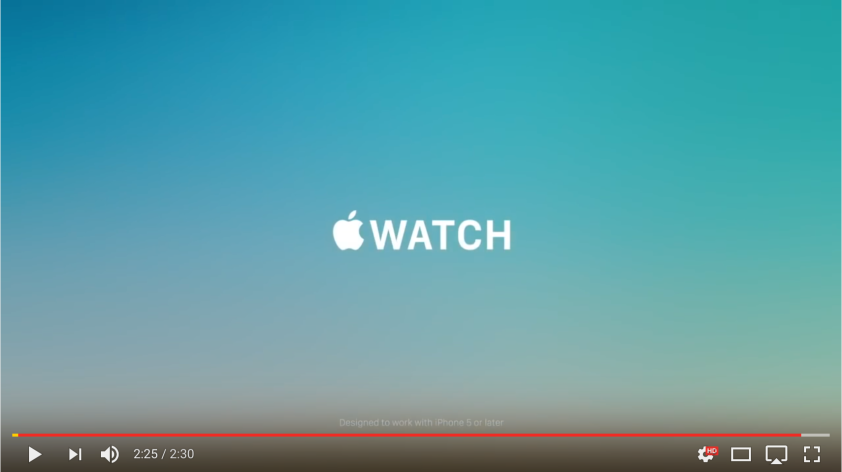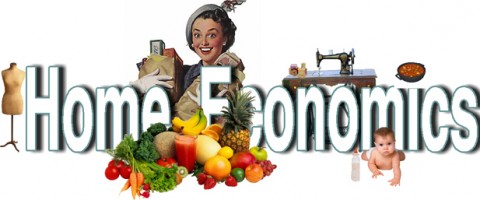In grade 7 I took compulsory Home Economics class which taught basic sewing and cooking skills. I was pretty good at it and although much fun I wrote it off because in my mind it wasn’t for ‘ambitious modern girls’ who wanted to use their ‘intelligence’ and pursue a ‘career’ or who aspired to be ‘more’ than ‘just’ a ‘housewife’ *rolls eyes*. How wrong I was!
At the time, we were led to believe that girls can do anything and we were trained in girl power. We weren’t taught to value craftwork because that would be taken over by machines and technology and it wasn’t for the new generation of highly educated women who went to University and studied for years and years and ended up in high powered positions.
I agree with encouraging girls to follow challenging pursuits, but in hindsight I have also learnt that success in life is about finding something you enjoy doing and doing that in our individual and unique way.
In any case, what my teachers and career advisers didn’t foresee was the huge cultural and attitudinal shift which has led to the DIY Revolution and the Maker Movement. Independent cafes, restaurants, art galleries, grassroots community initiates such as urban gardening and food and craft markets as well as self-reliant transition towns have burgeoned in the last few years.
If I had known that the future would be about artisanal crafts, community building, creativity and individuality, and that there was space to grow beyond the big corporates maybe I would have pursued my talent in Home Eco’s at least as a side pursuit.
I have no regrets about working hard to go to University and I loved what I studied and my area of specialisation. Every choice we make has a story to tell us about who we are and I have definitely learnt a lot about myself back then and the context surrounding my choices by examining them many years later.
I encourage you to make your decisions based on what you enjoy and what feels right to you, not based on projections of future earning potential or hot-job list.
Brenda.













